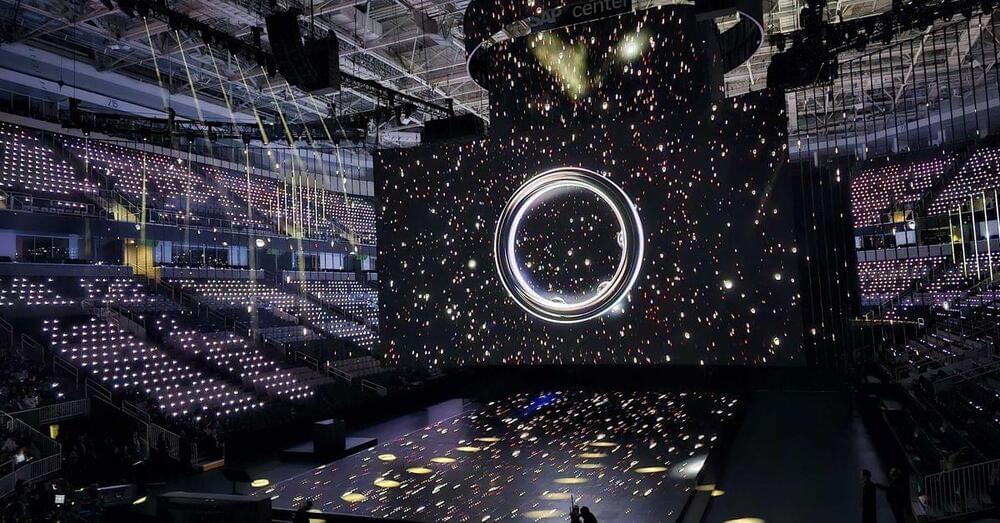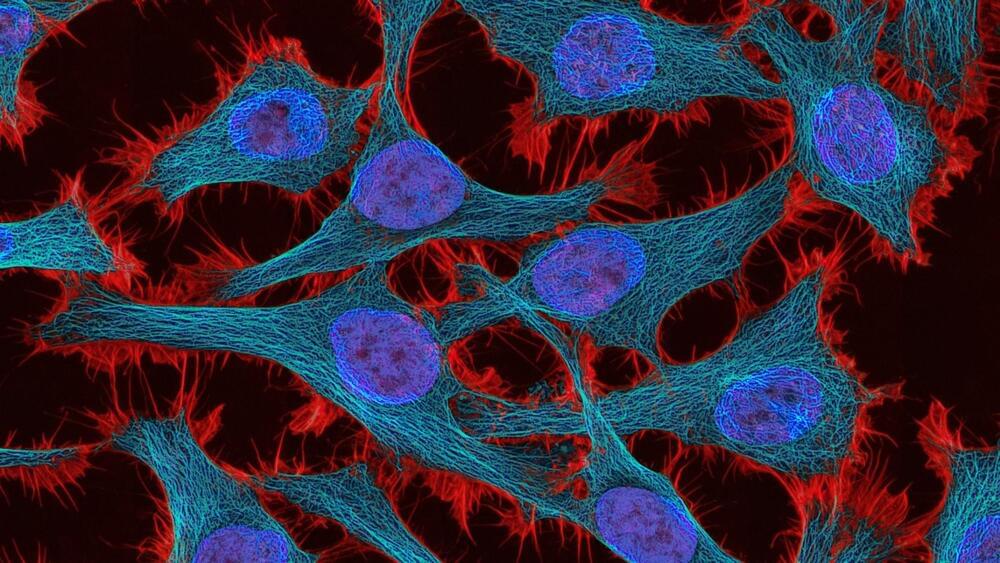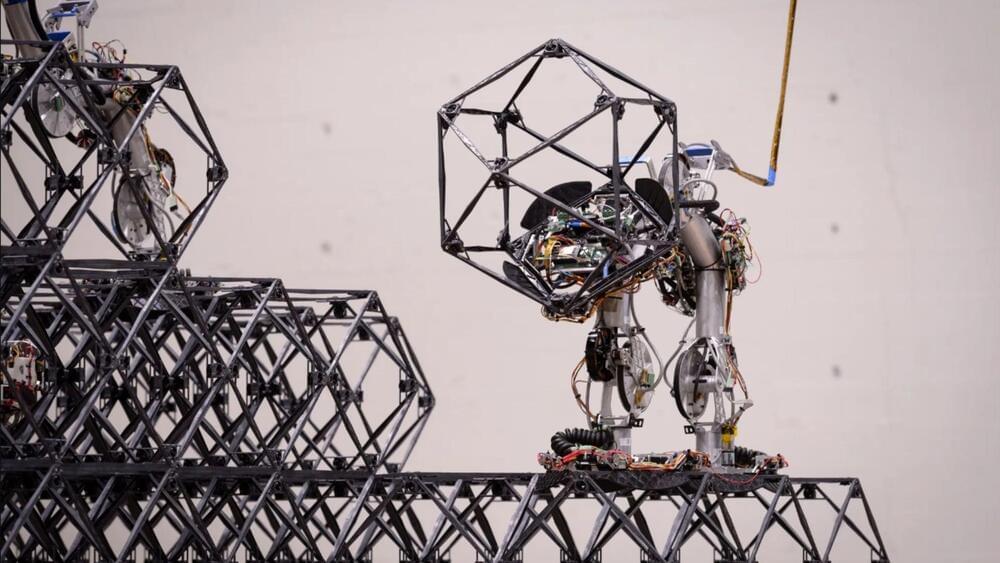Alternative ways of powering, cooling, and constructing reactors could help get more nuclear energy on the grid.
I’ve got nuclear power on the brain this week.

Alternative ways of powering, cooling, and constructing reactors could help get more nuclear energy on the grid.
I’ve got nuclear power on the brain this week.

And he wants Meta to open source it.
“We have built up the capacity to do this at a scale that may be larger than any other individual company”
External research has pegged Meta’s H100 shipments for 2023 at 150,000, a number that is tied only with Microsoft’s shipments and at least three times larger than everyone else’s. When its Nvidia A100s and other AI chips are accounted for, Meta will have a stockpile of almost 600,000 GPUs by the end of 2024, according to Zuckerberg.
No one working on AI, including Zuckerberg, seems to have a clear definition for AGI or an idea of when it will arrive.

GDC has released its annual State of the Game Industry survey.
Survey says AI and layoffs are developers’ biggest concerns.

Samsung ended its Unpacked event with a teaser showing a new Galaxy Ring.
Details on the Galaxy Ring are still slim.

A collaboration between Toyota, READY Robotics, and NVIDIA could bring unprecedented realism to robotic simulations.

AI becomes the decoder to predict treatment response.
Believe it or not, some types of cancers can grow resistant to chemotherapy.
Deciphering when cancer might toughen up against chemotherapy is pretty tricky. Even though researchers and doctors notice some hints and clues about resistance, predicting the exact moment is a bit like trying to hit a bullseye with a blindfold.
But in what could be a game-changer, scientists at the University of California San Diego School of Medicine revealed today in a study that a high-tech machine learning tool might just figure out when cancer is going to give the cold shoulder to chemotherapy.

NASA’s ARMADAS team revolutionizes space construction! Inchworm-like robots autonomously build structures using digital assembly systems.
The European Commission has officially signed an agreement to develop a new program to connect the various assets of EU-member state military forces.
LATACC will boost European military collaboration, focusing on rapid response and tech innovation in ‘high-intensity’ conflicts.

The investment arm of the group is involved in the construction of a 3,100 MW wind energy farm and a hydrogen production project in Sweden.
Hydrogen production generates oxygen as a byproduct which can be used in oceans to improve marine ecosystems.
Caltech’s Space Solar Power Demonstrator (SSPD-1) was launched into space one year ago.
After nearly a year in orbit, Caltech’s Space Solar Power Demonstrator (SSPD-1) reached its end of mission.